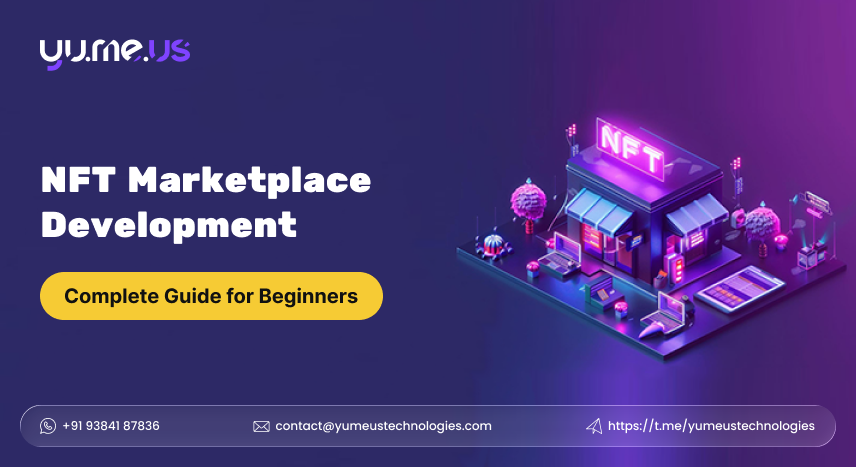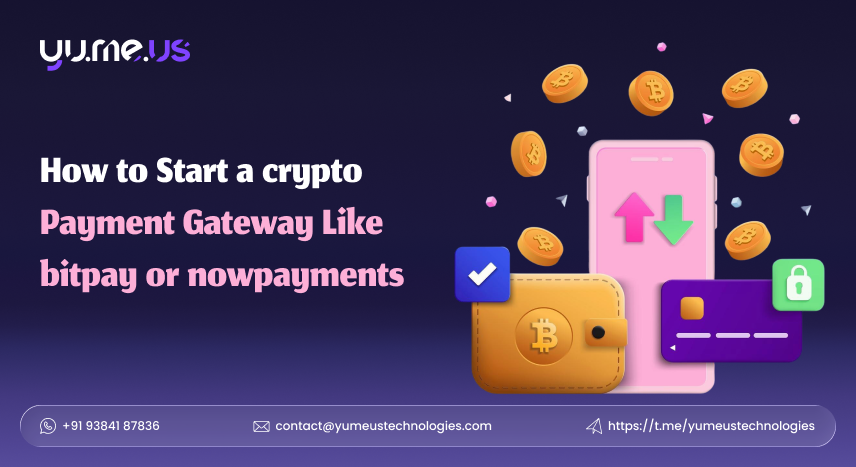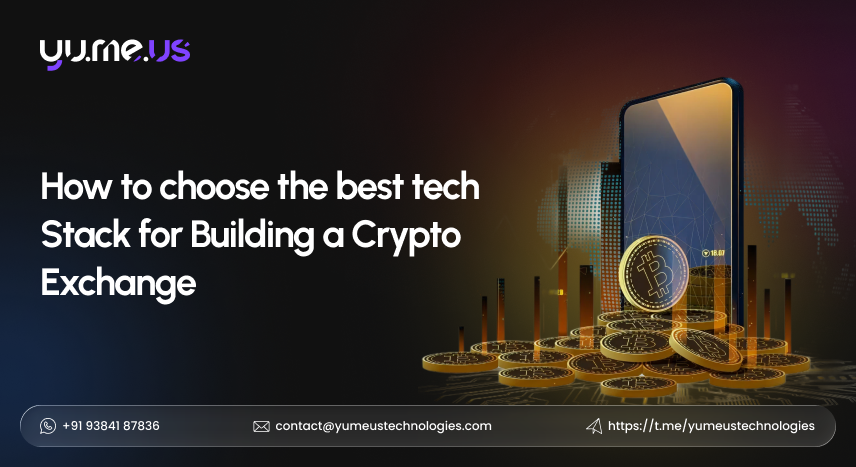NFT Marketplace Development – Complete Guide for Beginners

NFT Marketplace Development – Complete Guide for Beginners
'People don't understand NFTs, Metaverse, and crypto today the same way they didn't understand online shopping in 1995.' The quote perfectly explains the potential of NFTs in the blockchain industry, as its market cap today is at $145+ billion, according to Forbes. What are these numbers saying? Yes, the NFTs are here to stay. Then, as an entrepreneur, which business model can you choose? That's none other than building an NFT marketplace. If you got stuck on where to start, this beginner-friendly guide unpacks everything about NFT marketplace development from its working mechanism to future trends.
NFT Marketplace – What Does It Do? How Does It Work?
We all know Amazon, right? Exactly, a NFT marketplace is like an Amazon for digital assets. People here can buy, sell, and trade digital items that are stored on a blockchain. Users connect their crypto wallets, look out for their favourite digital items, place bids or purchase directly, and own the item securely.
Smart contracts handle all the transactions automatically as a digital agreement on the blockchain. It confirms the ownership is real and cannot be faked. Creators can sell digital art, a virtual land, and much more, and interact with collectors directly without any central authority.
Different Types of NFT Marketplaces in the Industry
NFT marketplaces serve different audiences and asset types. Some marketplaces host many kinds of NFTs, while others concentrate on specific areas like art, gaming, or music. However, choosing the right type depends on who your users are and what the market wants. In 2023, over 75% of NFT trading volume came from art and collectibles (you know what I mean).
Universal Marketplaces
Platforms like OpenSea and Rarible support diverse NFT categories (art, music, gaming, collectibles).
Art-focused Marketplaces
Marketplaces like SuperRare or Foundation cater exclusively to digital art and collectors.
Gaming NFT Marketplaces
Examples include Axie Marketplace or Immutable X, designed for trading in-game items and virtual assets.
Music Marketplaces
Platforms like Audius let musicians tokenize their work.
Sports Collectibles
Marketplaces like NBA Top Shot are built for fans and collectors.
Virtual Real Estate
Platforms such as Decentraland and The Sandbox deal with virtual land parcels and metaverse assets.
Niche Marketplaces
Customized to specific domains, such as photography NFTs, educational certifications, or luxury goods.
Top Features of an NFT Marketplace
A well-built NFT marketplace needs essential and user-focused features to keep it running and making profits. In this AI generation, adding features like AI suggestions or AR previews can improve user experience.
- Decentralized Wallet Integration – Support for wallets like MetaMask, Coinbase Wallet, or WalletConnect.
- Advanced Search & Filters – Smooth browsing by asset type, price, category, or popularity.
- Smart Contract Management – Confirms transparent, secure, and automated transactions.
- Auction & Fixed-price Models – Flexibility for creators to choose how they sell.
- User Profiles & Analytics – Detailed creator and buyer dashboards with performance insights.
- Multi-chain Compatibility – Support for Ethereum, Solana, Polygon, BNB Chain, etc.
- Security Protocols – KYC/AML integration, two-factor authentication, and anti-fraud mechanisms.
How to Develop a Successful NFT Marketplace
It's a long process, but it can be simplified by partnering with a company like Yumeus Technologies for your NFT Marketplace development. Add-on features, monetization, scaling, or after launch support, anything you name it, Yumeus is here to provide you the best experience.
- Market Research & Niche Selection: Identify your audience - artists, gamers, or enterprises.
- Choosing the Blockchain: Ethereum leads, but Solana, Polygon, and Flow offer scalability and lower fees.
- Smart Contract Development: Core logic for NFT minting, ownership transfer, and royalties.
- UI/UX Design: Clean, engaging, and simple navigation.
- Integrating Wallets: Offer seamless connection to popular crypto wallets.
- Testing & Security Audits: Critical for preventing hacks and vulnerabilities.
- Deployment & Launch: Roll out MVP (Minimum Viable Product) and grow gradually.
Estimated Cost to build an NFT Marketplace: Development ranges from $50,000-$500,000, depending on features, blockchain, and security.
Revenue Streams of an NFT Marketplace
NFT marketplaces can generate income through multiple channels. This range of options helps marketplaces stay profitable over time. According to DappRadar, some marketplaces earn millions annually just from fees on NFT trades, showing the financial potential of a well-structured platform.
- Transaction Fees: Typically 2% to 5% per sale.
- Listing Fees: Charges for minting and listing NFTs.
- Premium Features: Exclusive analytics or promotional visibility for creators.
- Royalties: Automated commissions for creators on secondary sales.
- Advertising & Partnerships: Revenue through brand collaborations and ads.
Pioneers in the NFT Marketplace Industry
Some platforms lead the NFT industry and show how marketplaces can succeed. OpenSea, Rarible, SuperRare, NBA Top Shot, and Decentraland are examples of pioneers. Beginners can learn from their models, features, revenue strategies, and user experiences to make a marketplace successful.
OpenSea
The largest NFT marketplace, offering millions of listings and daily trades.
Rarible
Community-focused platform with governance tokens for user involvement.
SuperRare
Curated digital art platform attracting premium creators and collectors.
NBA Top Shot
Sports collectibles for fans, including digital cards and highlights.
Decentraland
Virtual real estate and assets traded in immersive 3D environments.
Yumeus, as a white-label NFT marketplace development company, also offers an option to copy these industry leaders to create a brand new platform, just like an OpenSea clone script, a Rarible clone script, or a Decentraland clone script.
The Future of NFT Marketplaces
The future of NFT marketplaces is moving beyond just digital art and collectibles toward offering real-world benefits. NFTs are now being used to give access to exclusive events, loyalty programs, and unique in-game items. Industries like gaming, music, real estate, and supply chain management are looking at NFTs to provide secure digital ownership and new ways for people to interact in the Metaverse.
With improvements in blockchain technology, NFTs are becoming faster, cheaper, and easier to use. The market is now offering practical applications with big brands adopting NFTs. With these, we can confirm that NFT marketplaces are advancing into a more mature and useful digital ecosystem.
Why Choose Yumeus Technologies to Build an NFT Marketplace
When it comes to choosing the best NFT marketplace development company, Yumeus Technologies stands apart by offering a complete solution with new features and trends. Entrepreneurs can establish a strong ecosystem for creators, collectors, and investors by partnering with us. Because our services come with,
- Tailored Solutions: Custom marketplaces built for specific business plans.
- Multi-chain Expertise: Works with Ethereum, Solana, Polygon, and more.
- Top-grade Security Development: Audited smart contracts and safety protocols protect users.
- Faster Deployment: Agile methods speed up launch and updates.
- Future-proof Platform: Modular design supports growth and future upgrades.
Conclusion
'$571.1 million, and $10-$50 million.' These are the approximate revenues that were made by the top NFT marketplaces OpenSea and Rarible in 2024. In the upcoming years, the numbers can even go up, along with a lot of opportunities. So, as a beginner, grab this chance and get ready to lead in this blockchain adoption. Because 'Success lies in embracing change.'
















